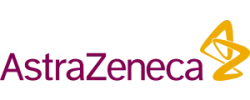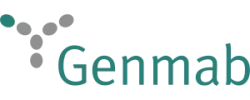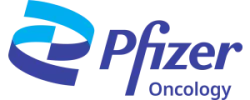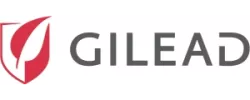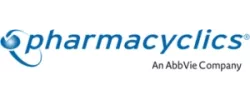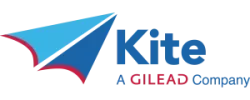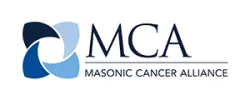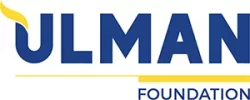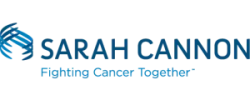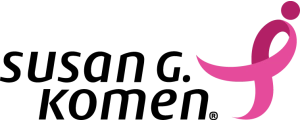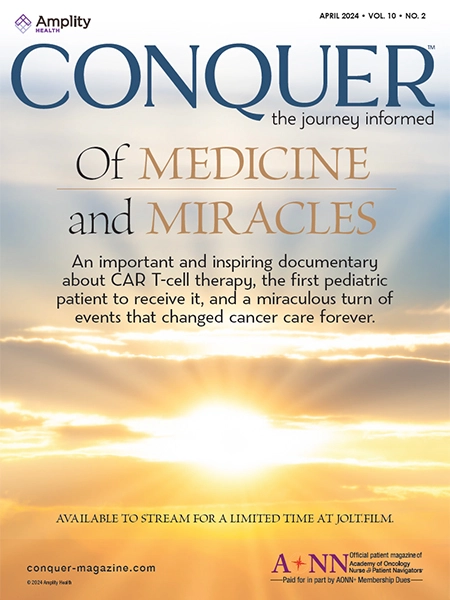In this, the second in a 3-part series, we offer another glimpse of some of the outstanding presentations and panels from the Academy of Oncology Nurse & Patient Navigators (AONN+) 2021 Midyear Conference that was held online May 13-16.
Screening in the COVID Era
Due to the COVID-19 pandemic, fewer adults underwent routine preventive healthcare and cancer screening in 2020 than in previous years, and this has led to an increase in missed and delayed cancer diagnoses. Although it was sensible during the peak of the pandemic to postpone screening and treatment, the result of deferring intervention may be the creation of a new crisis. According to one expert, the United States could witness nearly 10,000 excess deaths over the next decade because of delayed detection and treatment of breast and colon cancers.
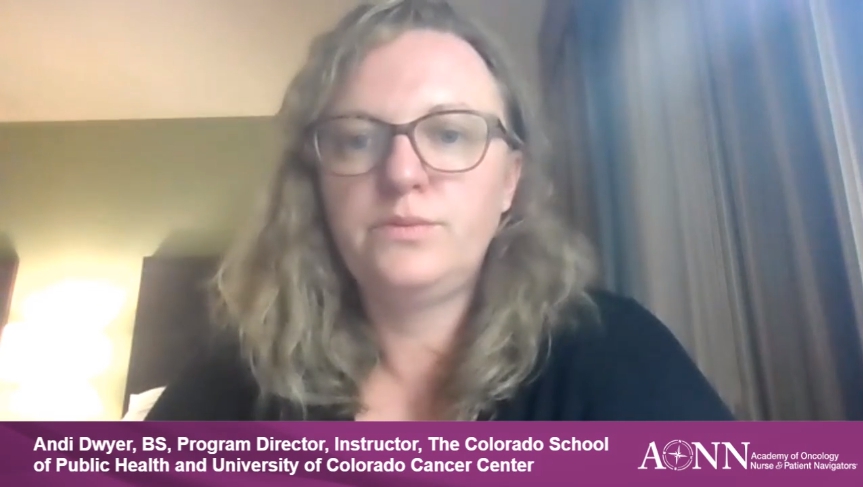
In this presentation, Andrea (Andi) Dwyer gave an overview of the effects of the pandemic on cancer care—beginning with screening and early detection. She answered questions about the global pandemic’s impact on cancer care and described what happened during this time when most screening procedures were canceled, referrals decreased, new government restrictions were put in place, and many patients experienced changes in their insurance and finances. Cancer did not stop or slow as the pandemic continued, and some negative behavior patterns that emerged or rose during the pandemic—such as increases in patients’ smoking and lockdown-acquired belly fat, and the postponement of most healthcare interventions—made matters worse.
Dwyer discussed the opportunities navigators have in assisting patients to ensure they are seeking timely and appropriate early detection and screening, and how these interventions can improve outcomes and satisfaction, and lead to an overall reduction of healthcare costs as well.
Caring for the Caregiver
Members of AONN+ leadership, Sharon Gentry, MSN, RN, HON-ONN-CG, AOCN, CBCN, Monica Dean, HON-OPN-CG, and Emily Gentry, BSN, RN, HON-ONN-CG, OCN, tackled this timely topic in a comprehensive session on compassion fatigue that also accounted for the circumstances created by the pandemic.
The panelists introduced the concept of compassion fatigue as a combination of burnout and secondary traumatic stress, which is stress caused by the emotional burden of wanting to help people who are suffering (Charles R. Figley, PhD, 1995). Patients and caregivers faced extraordinary challenges in the past year, and finding ways to alleviate the detrimental effects of burnout and stress are now crucial.
In this presentation, the common symptoms and signs of compassion fatigue are outlined. They can include:
- Poor self-care and exhaustion
- Physical symptoms, such as fatigue, headaches, nausea, insomnia, and heart palpitations
- Substance abuse
- Inability to relax, irritability, and/or anxiety
- Preoccupation with minor issues
- Loss of concentration
All of these have a negative impact on one’s work and personal life, and identifying them in oneself and in others is an important (and often missed) first step.
The interactive format encouraged an exchange of experiences and best practices in recognizing and coping with burnout and stress to improve one’s overall emotional and physical health and to deliver optimal care to their patients. A central part of the presentation was the introduction of the Compassion Fatigue Assessment, which allowed caregivers to measure their own level of compassion fatigue as well as learn to use this as a tool to gauge levels of burnout and stress in others. A list of sources and websites for combatting compassion fatigue was included.
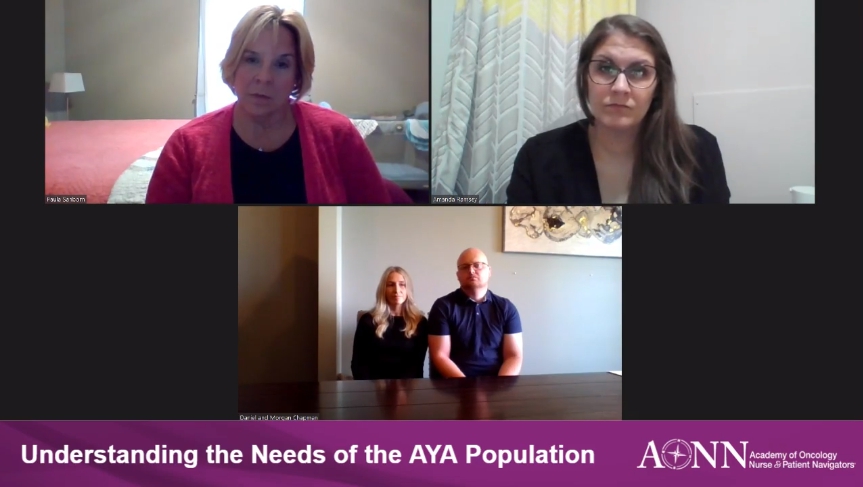
Understanding the Needs of the AYA Population
In 2020, there were approximately 89,500 new cancer cases and 9270 cancer deaths in adolescents and young adults (AYA) aged 15 to 39 years in the United States. Cancer was the most common cause of disease-related death in this age-group in high-income countries. Compared with children and older adults with cancer, the AYA population has a set of unique physical, social, and emotional challenges.
In this session, Daniel Chapman, a 30-year-old with Ewing sarcoma, discussed his experience as an AYA patient with cancer. Along with his spouse and caregiver, Morgan Chapman, he was joined by Paula Sanborn, MS, APRN, FNP-C, CPHON, ONN-CG, an oncology nurse navigator, and Amanda Ramsey, MSW, LISW-S, CCM, an oncology social worker, as he narrated his 9-year journey with metastatic cancer.

In addition to this highly personal and moving account from the patient perspective, the panelists discussed the treatment adjustments that are necessary in caring for the AYA population. Age-related developmental issues, including independence, college, career, relationships, fertility, and family planning, were identified. They also discussed some of the barriers AYA patients face in accessing clinical trials.
The panelists discussed how these challenges can be met through patient-centered care, psychosocial support, and a multidisciplinary team.
Taking Your Financial Navigation to the Next Level
In a presentation rich with detailed and eye-opening case studies, financial professionals Dan Sherman, MA, LPC, Clara N. Lambert, BBA, OPN-CG, and Ayesha Azam, MSHIA, shared best practices for navigating patients through the labyrinth of complex medical bills and insurance programs with an overview of some of the most common scenarios that are encountered when working with insurance providers. They also presented some of the ways in which consumers can avoid paying too much for their healthcare.
Awareness, education, and optimization were the watchwords for this session on taking financial navigation to a higher level. Some of the topics covered included:
- Medicaid Enrollment and Charity Programs
- Financial Advocates and Financial Counseling
- Copay and PAP Assistance
- Financial Advocacy Interventions

As the 3 presenters demonstrated, many of the insurance programs, whether private or public, are extremely complex and most patients simply are unable to use these to their advantage. It often takes a credentialed professional with experience and training to avoid many of the typical pitfalls that patients face when working on their own. Due to the complexity of the American system, and the need for different types of coverage at different stages of life, many consumers find it difficult if not impossible to stay on top of the rules and regulations and are unable to be their own best financial advocate. As a result, when entering the healthcare market, many people end up unwittingly overpaying or find themselves in situations where they are unable to meet their apparent cost burden. And the savings that are realized when programs are knowledgeably used can be dramatic. Especially in cancer care where costs can build rapidly, and patients can experience changes in employment and other hardships, it pays to have expert advocacy.
In addition, the presentation also addressed the types of training and credentials that financial navigators should obtain, and the ways financial navigation programs can be structured to most benefit patients and providers.
Organized Networking Sessions

These sessions were each offered twice, giving navigators the opportunity to participate in the topic discussions they were most interested in. The sessions were moderated so that the greatest number of questions could be answered. The following topics were included in this meeting’s networking groups:
- Program Development
- Metrics Implementation
- Writing an Abstract
- Getting the Most from Your LNN
And, as promised, there were plenty of networking activities! One of the things our members value most about the conference is the chance to connect with other navigators and to catch up with friends. In moderated sessions, chats, and other venues, navigators had ample opportunities to share and be social.

